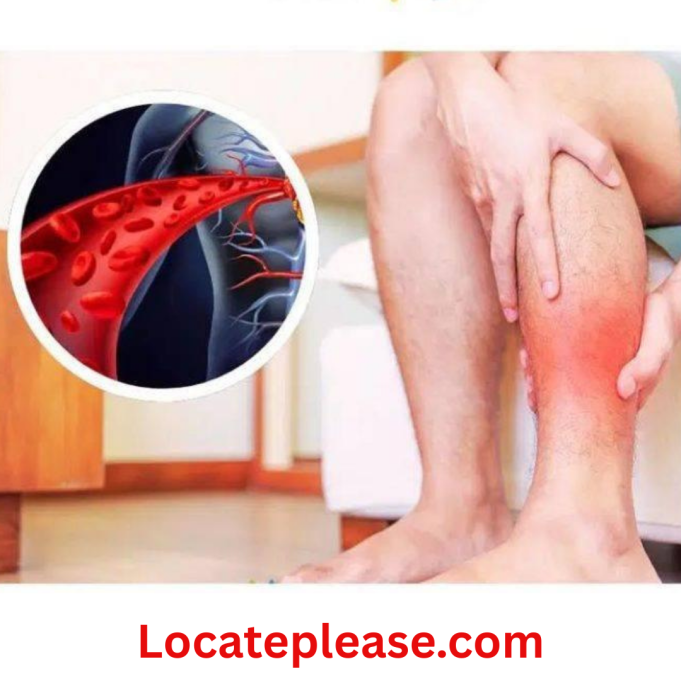Niacin (Vitamin B3) isn’t flashy. It doesn’t make headlines. But for decades, it’s quietly supported circulatory health in two profound ways:
- It gently opens blood vessels
→ Niacin helps the inner lining of your arteries relax and expand—a process called vasodilation.
→ This allows blood to flow more freely, carrying oxygen to tired muscles in your legs and feet. - It nourishes your vascular garden
→ Niacin helps maintain healthy cholesterol levels—lowering triglycerides while raising HDL (“good”) cholesterol by up to 35%.
→ It reduces inflammation in blood vessel walls, like a gardener weeding a precious plot.
→ It supports cellular energy in muscles—especially vital for walking with ease.
🌿 A quiet truth: “Niacin doesn’t ‘fix’ aging. It partners with your body to help it do what it was always meant to do: flow.”
Why This Matters Most After 50
With time, our blood vessels naturally lose some flexibility—like a riverbed gathering silt. This isn’t failure. It’s simply the wisdom of living. But when combined with modern life (less movement, processed foods), circulation can struggle.
Here’s where niacin shines:
→ It helps blood move more smoothly through narrowed pathways.
→ It supports the repair of delicate vessel linings.
→ In studies, it’s helped people with peripheral artery disease walk farther and with less pain—because their muscles received more oxygen.
Note: While niacin supports heart health, it’s not a substitute for medical care. Always partner with your doctor—especially if you take medications.
Real Stories, Real Hope
In a thoughtful study published in Nature Communications, older adults with leg circulation challenges took a special form of B3 (nicotinamide riboside) daily. After weeks:
→ They walked 30% farther in a 6-minute test.
→ Their muscles felt less fatigue.
→ Their blood vessels showed improved function.
This wasn’t magic. It was metabolism—niacin helping cells convert food into energy more efficiently.
💛 A quiet reminder: “Nearly 40% of adults over 50 experience circulation shifts. Many find relief not with drastic measures, but with steady, gentle support.”
How to Welcome Niacin Into Your Life
You likely already have this ally in your kitchen. Niacin thrives in whole, humble foods:
|
Salmon or Tuna(3 oz)
|
8–10 mg (50% of daily need)
|
|
Chicken Breast(3 oz)
|
7 mg
|
|
Peanuts(¼ cup)
|
5 mg
|
|
Sunflower Seeds(¼ cup)
|
3 mg
|
|
Avocado(½ fruit)
|
2 mg
|
|
Brown Rice(1 cup)
|
5 mg
|
Gentle guidance:
→ Food first: A balanced plate of salmon, brown rice, and steamed greens offers niacin plus cofactors (like fiber and antioxidants) that help it work better.
→ Supplements? If your doctor recommends them, choose flush-free niacin (inositol hexanicotinate) to avoid temporary warmth/tingling.
→ Patience matters: Circulation improvements often unfold over weeks—not days.
A Closing Thought: Tending Your Inner River
Your body isn’t fading.
It’s refining.
Every step you take, every nourishing meal you choose, every moment you rest—it all whispers to your blood vessels: “I see you. I honor you.”
Niacin isn’t a hero.
It’s a helper.
A quiet friend that says:
“Let’s keep your rivers flowing,
so your spirit can keep dancing.”
So savor that grilled salmon. Toast those sunflower seeds. Walk barefoot on dewy grass.
And trust this truth:
Your body knows how to heal.
It only asks that you walk beside it—
with wisdom, with patience,
with love.










